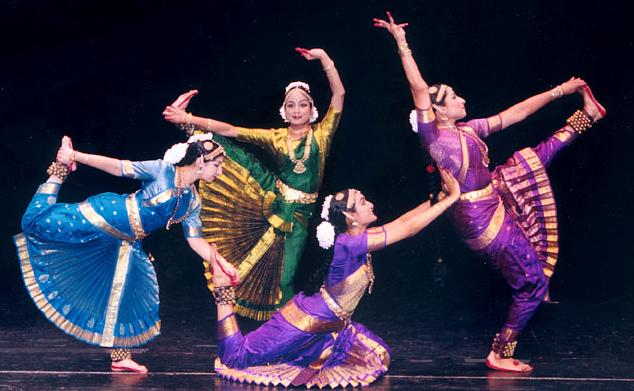Chinese Lion Dance

Usually performed during the Chinese New Year festival, Lion Dance is energetic and entertaining. According to the legend, in ancient times, the lion was the only animal that could ward off a mythological creature known as Nian that terrorized China and devoured people on the eve of the New Year. Usually requiring perfect co-ordination, elegance and nerves of steel, the dance is almost always performed to the beat of the tagu, the Chinese drum, and the clanging of cymbals.
Dragon Dance
The dragon is a mythical creature that represents supernatural power, goodness, fertility, vigilance and dignity in Chinese culture. Typically performed to usher in the Chinese New Year, the Dragon Dance is said to bring good luck and prosperity for the year to come. Usually requiring a team of over 60 people, this fantastic performance is a dazzling display of perfect co-ordination, skill and grace.
Joget
Malaysia's most popular traditional dance, is a lively dance with an upbeat tempo. Performed by couples who combine fast, graceful movements with playful humour, the Joget has its origins in Portuguese folk dance, which was introduced to Melaka during the era of the spice trade.
Kuda Kepang
Kuda Kepang is a traditional dance brought to the state of Johor by Javanese immigrants. Dramatizing the tales of victorious Islamic holy wars, dancers sit astride mock horses moving to the hypnotic beats of a percussion ensemble usually consisting of drums, gongs and angklungs.
Sumazau
Sumazau is a traditional dance of Sabah Kadazan people. Usually performed at religious ceremonies and social events, it is traditionally used to honour spirits for bountiful paddy harvests, ward off evil spirits and cure illnesses. Male and female dancers perform this steady hypnotic dance with soft and slow movements imitating birds in flight.
Indian Bharata Natyam
This classical Indian dance is poetry in motion. Based on ancient Indian epics, this highly intense and dramatic dance form uses over 100 dance steps and gestures. As mastery requires many years of practice, some children begin learning the dance form at the age of five.


No comments:
Post a Comment